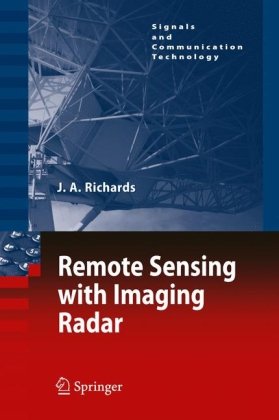

Most ebook files are in PDF format, so you can easily read them using various software such as Foxit Reader or directly on the Google Chrome browser.
Some ebook files are released by publishers in other formats such as .awz, .mobi, .epub, .fb2, etc. You may need to install specific software to read these formats on mobile/PC, such as Calibre.
Please read the tutorial at this link: https://ebookbell.com/faq
We offer FREE conversion to the popular formats you request; however, this may take some time. Therefore, right after payment, please email us, and we will try to provide the service as quickly as possible.
For some exceptional file formats or broken links (if any), please refrain from opening any disputes. Instead, email us first, and we will try to assist within a maximum of 6 hours.
EbookBell Team

4.4
102 reviewsThis book treats the technology of radar imaging for remote sensing applications in a manner suited to the mathematical background of most earth scientists. It assumes no prior knowledge of radar on the part of the reader; instead it commences with a development of the essential concepts of radar before progressing through to a detailed coverage of contemporary ideas such as polarimetry and interferometry.
Because the technology of radar imaging is potentially complex the first chapter provides a framework against which the rest of the book is set. Together, the first four chapters present the technical foundations for remote sensing with imaging radar. Scattering concepts are then covered so that the reader develops the knowledge necessary for interpreting radar data, itself the topic of a later chapter which draws together the current thinking in the analysis of radar imagery.
The treatment is based on the assumption that the radars of interest are, in general, multi-polarised. Polarisation synthesis and polarised interferometric SAR are among the topics covered, as are tomography and the various forms of interferometry. A full chapter is given to bistatic radar, which is now emerging as an imaging technology with enormous potential and flexibility in remote sensing. The book concludes with a summary of passive microwave imaging.
A set of appendices is included that provide supplementary material, among which is an overview of the rather complicated process of image formation with synthetic aperture radar, and summaries of some of the mathematical procedures important for a full appreciation of radar as a remote sensing technology.